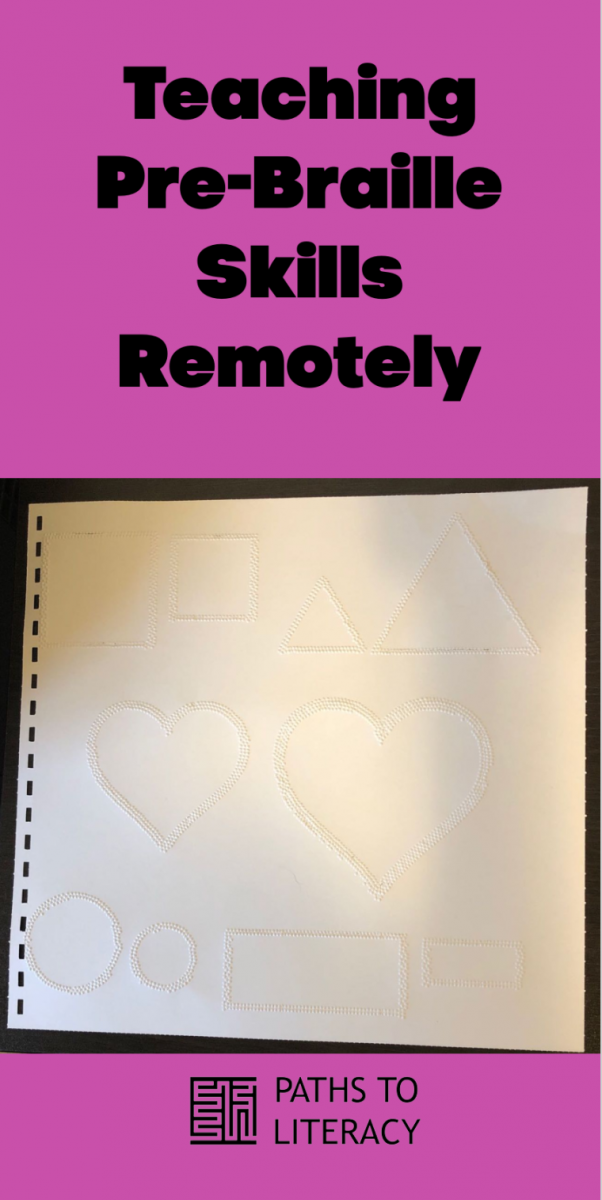Teaching Pre-Braille Skills Remotely
I am a braillist, and this semester I have been working with a TVI in supporting pre-braille skills in a new preschool student. I am also at the end of my first year of grad school to become a TVI, so prior to this semester I had no experience teaching the specific skills associated with pre-braille. It has been quite a fun and enlightening experience to have had this student while learning the steps and process of teaching braille. Compounding this experience was the fact that my school district is still remote due to the pandemic, so we had to keep on our toes and really think outside of the box to keep this student engaged. The student’s TVI and I collaborated on books, coloring sheets, songs, and show & tells to reinforce these concepts. I’d love to offer these lesson ideas as ways for other first-timers and new teachers to introduce pre-braille skills, especially in remote environments.
I. Grab Bags
For learning the concepts of rough and smooth and soft and hard, I put together a series of grab bags to send home. Grab bag items for smooth and rough included textured stickers, cotton pads, a silk hair tie, a clipping of a towel, some Velcro and sandpaper, items you can typically find lying around the house. Hard and soft items included buttons, felt, puzzle pieces, cotton balls, and some plastic shapes. During our lessons, the student would sort the items using an APH sorting tray. We would also ask him to identify the shape if it were a simple circle cotton pad or square piece of sandpaper. Our student really enjoyed the surprises he found in the bag and the interactive nature of these lessons.
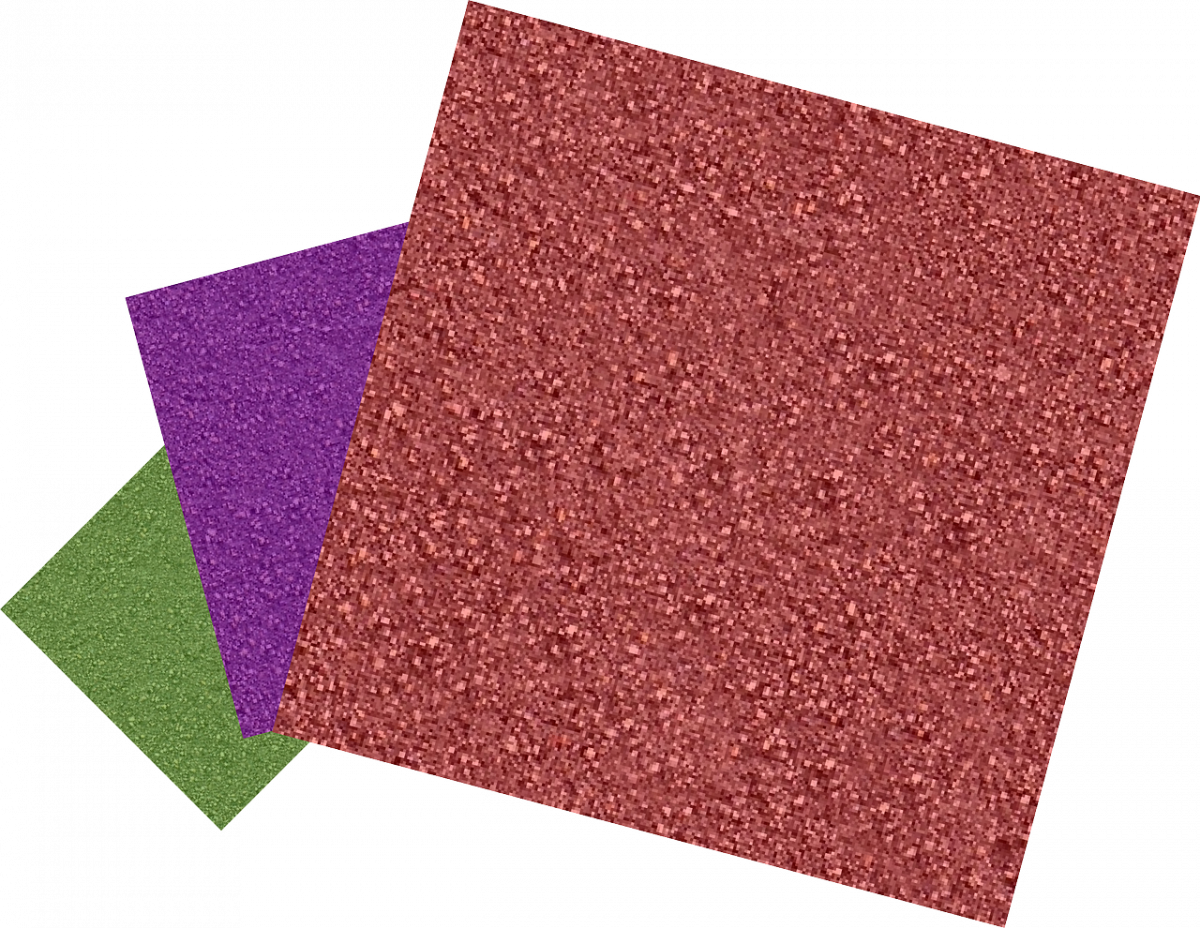
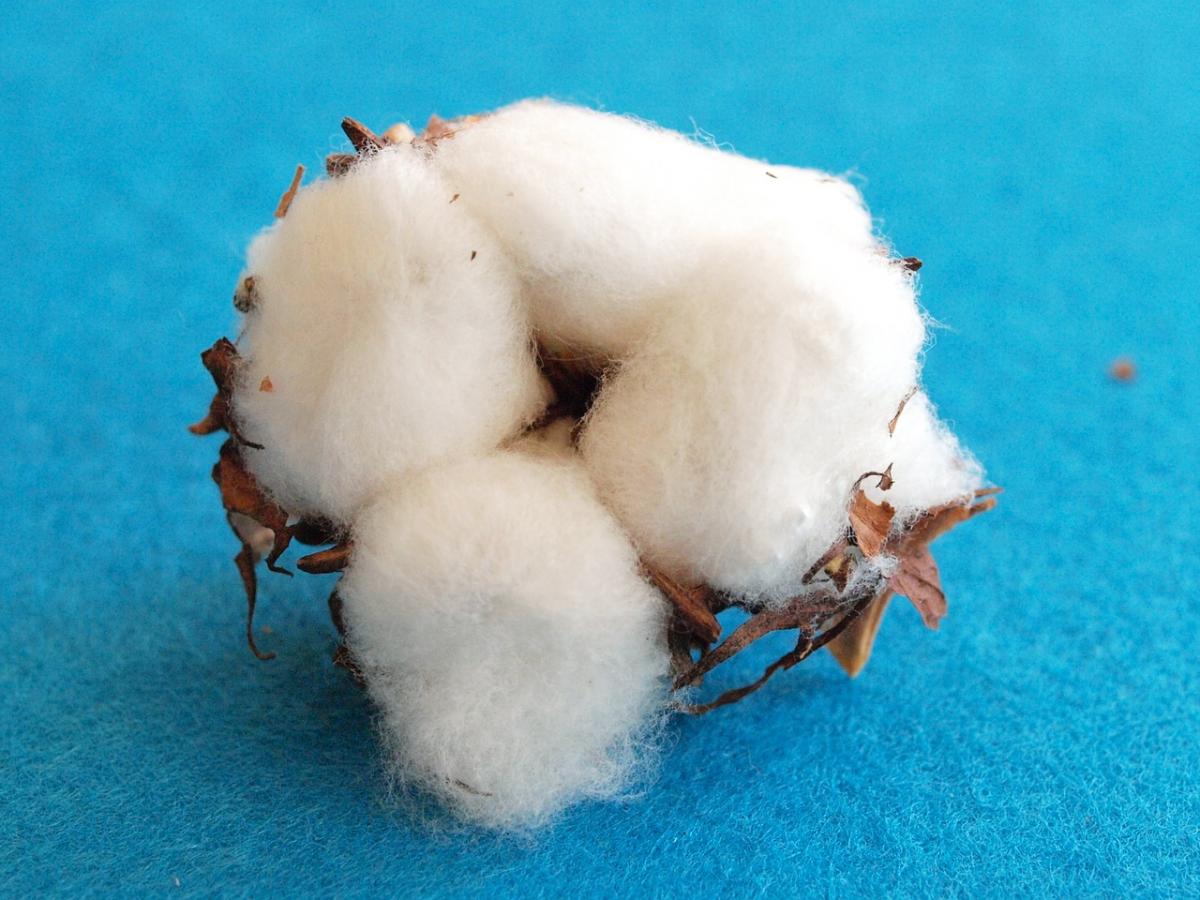
II. Texture Books
To include emergent literacy skills in our lessons, I also made a series of texture books, adding textured stickers or different materials to pages, placing them in areas that represent conventions of reading. For instance, starting at the top of the page, a student would find a soft sticker and then scan down the page with their fingers to find the next shape.
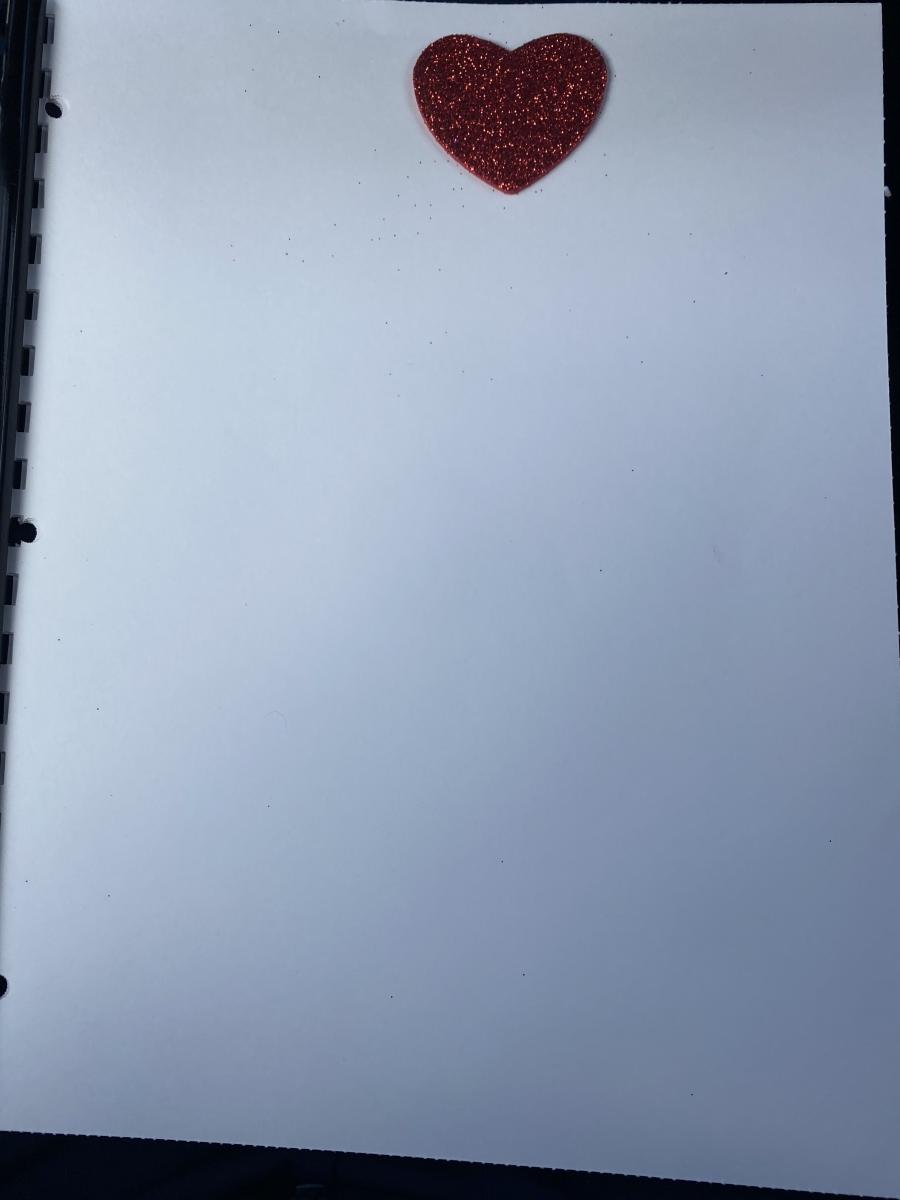
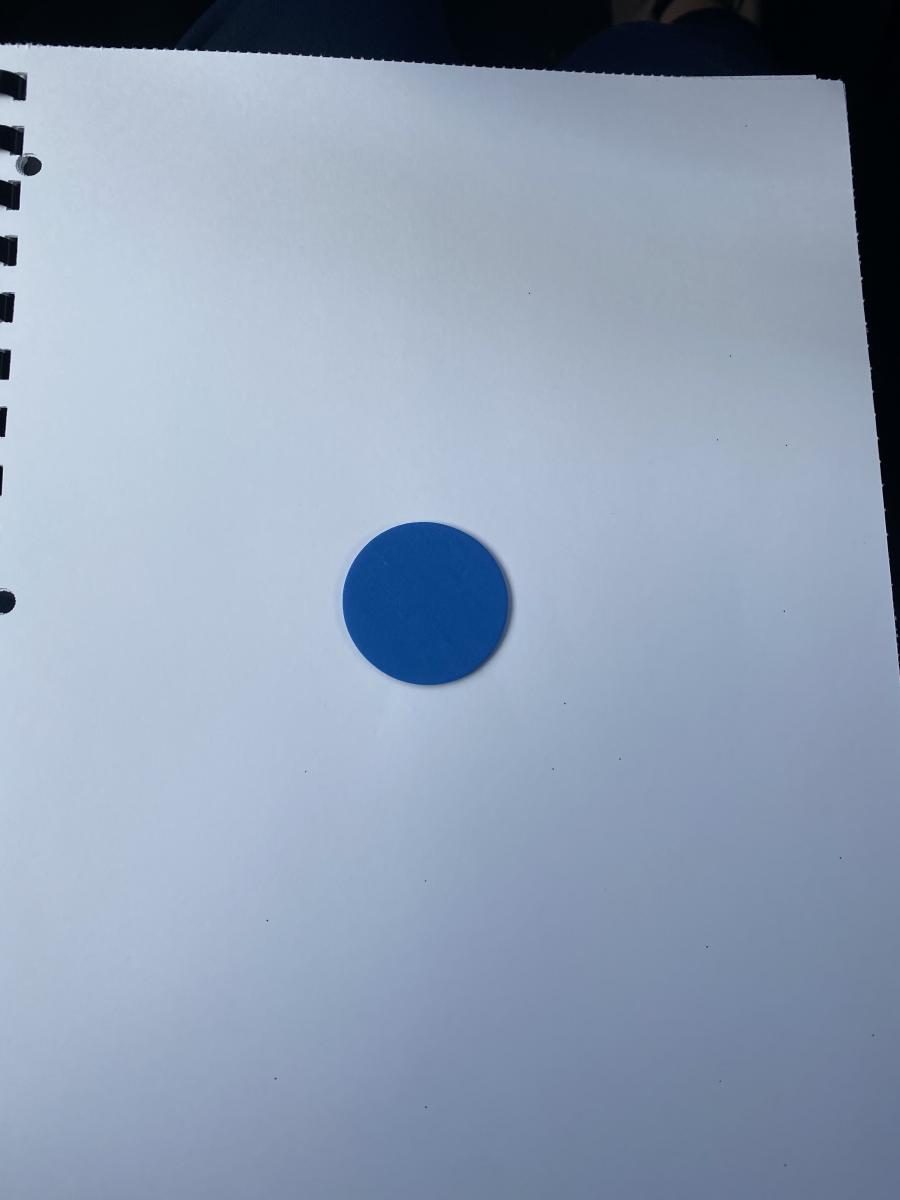
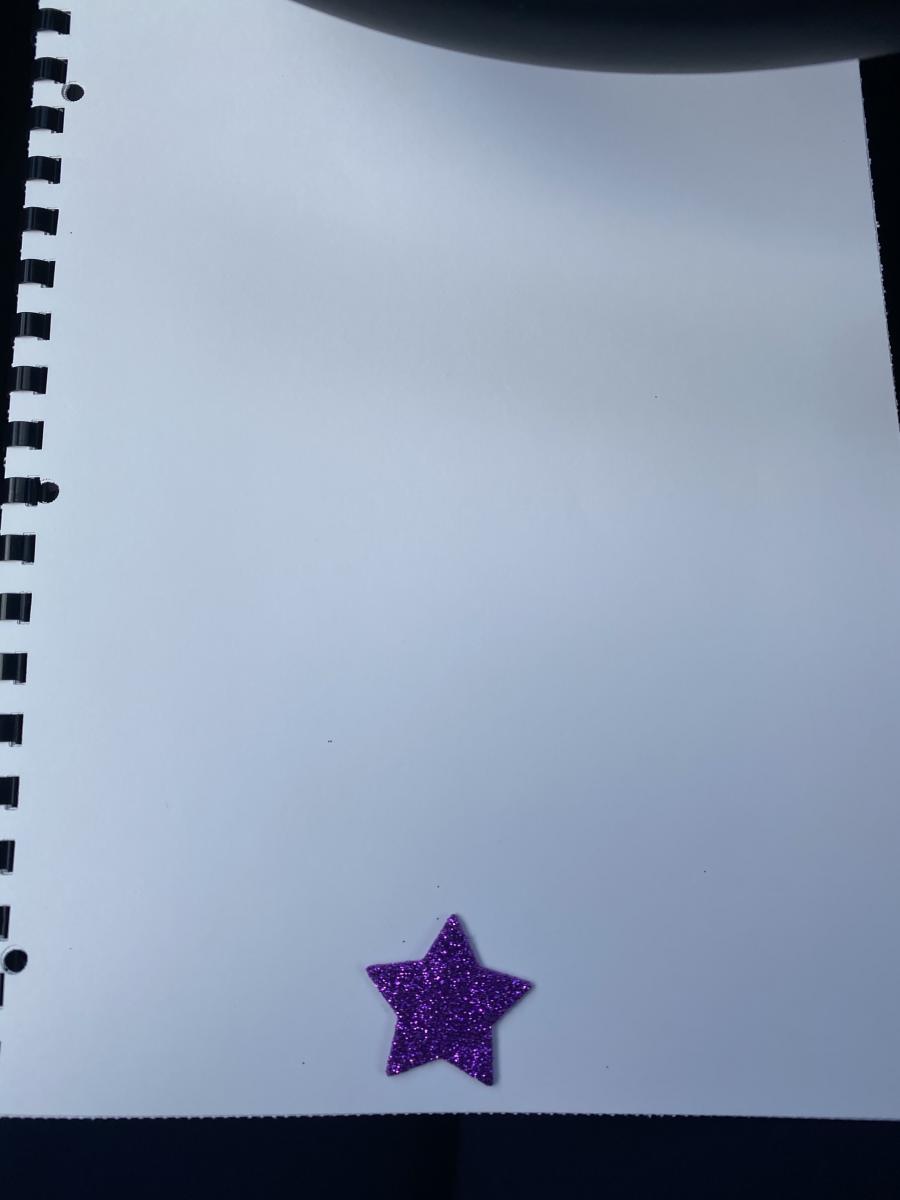
III. Coloring Sheets
I created a series of coloring sheets for the smooth and rough concept using Tactile View. The coloring sheets contain 2 of each shape, (2 squares, 2 circles, etc.), with one shape being just the outline, and the other containing some type of rough texture made from braille dots. During our lessons we have asked him to “find the rough square and color the rough square,” and then move onto the other shapes. This lesson has had minimal success. Our student struggles with the concept of coloring in the lines and often colors all over the page, but I could see it being successful for a student at a higher maturity level.
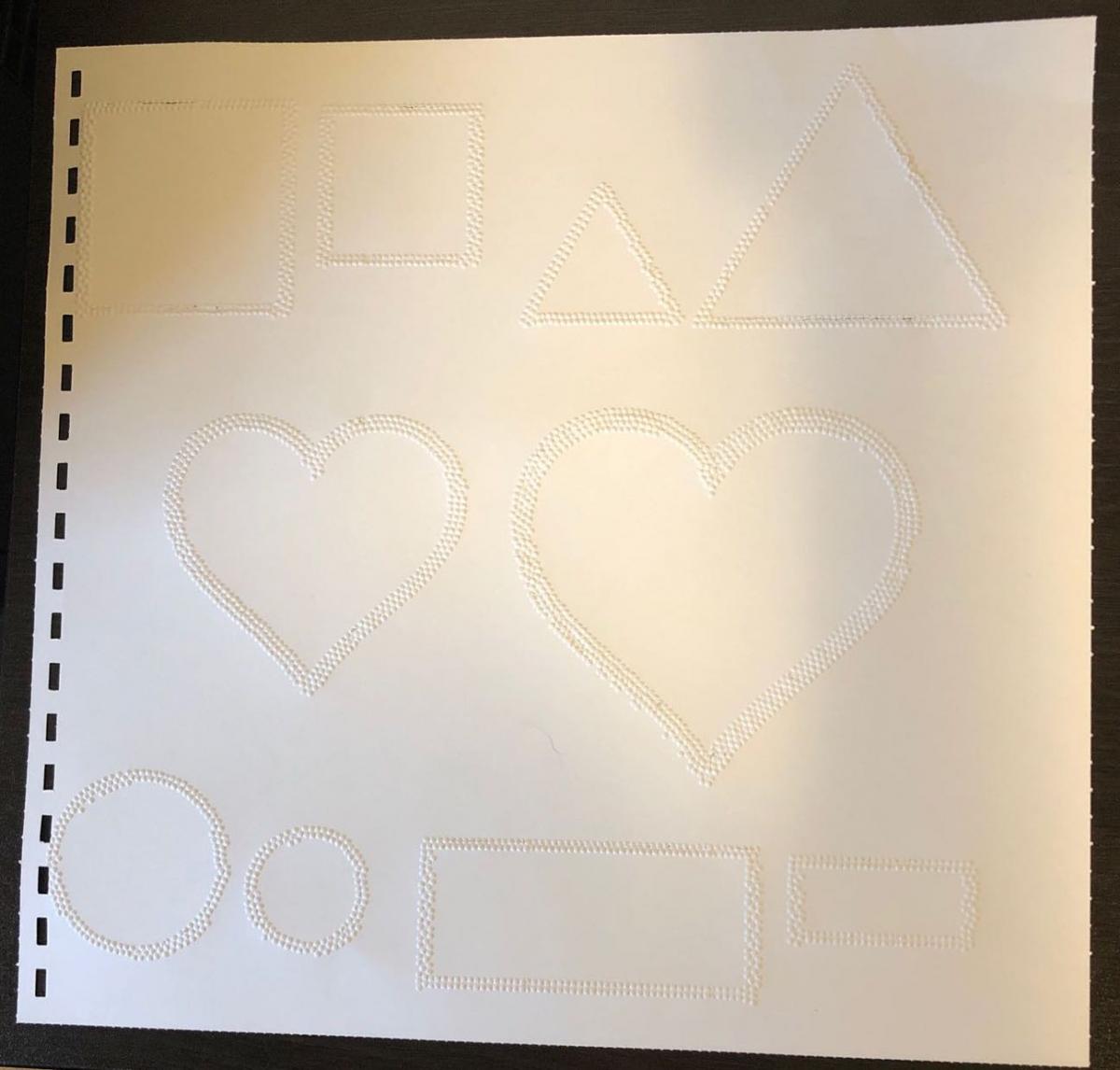
IV. Show & Tell
We have also done show & tell lessons, asking the student to bring one soft and one hard object to class. The TVI also joined in on the show & tell, as the student's general education teacher mentioned that he loves sharing with the students in his class. Again, since instruction has been remote, it has sometimes put pressure on parents to help search for appropriate items before our sessions. For some ideas that don’t require objects, I suggest hitting a table or stamping feet on the ground to demonstrate hard. The clothing a student is wearing could also be used for the soft item. As our student grew in familiarity with the 4 textures, we started bringing random objects to class, and asking him to bring any object to class. Then we would discuss the properties of the item and their associated textures.
V. Shared Storytelling
One lesson I am particularly proud of in regards to teaching textures is a book I created called “Sarge’s Treasure Hunt.” Sarge is my dog, and the student has fallen in love with him through our remote sessions. Culminating instruction of rough, smooth, soft, and hard, we put all the textures in one book. Since the student is still learning pre-braille skills, the entire text was not brailled in his copy, only a few words for each page. But we asked him to find the braille on each page as we read and turn the page as we turned the page. This way we could reinforce emergent literacy skills while addressing his texture goals. The plot of the book is that Sarge must find objects that are hard, soft, rough, and smooth to earn a special treat. Items were added to each page including a button, towel, flower, and bone made of wicky sticks for all the textures. Our student loves it, and as we reread the book with him, he is starting to remember the wording in our book as we read.
Hard/Soft Video
Below is a YouTube video for a hard/soft song we used with our student. I would love to hear from others on remote ways they’ve taught pre-braille skills.
